-
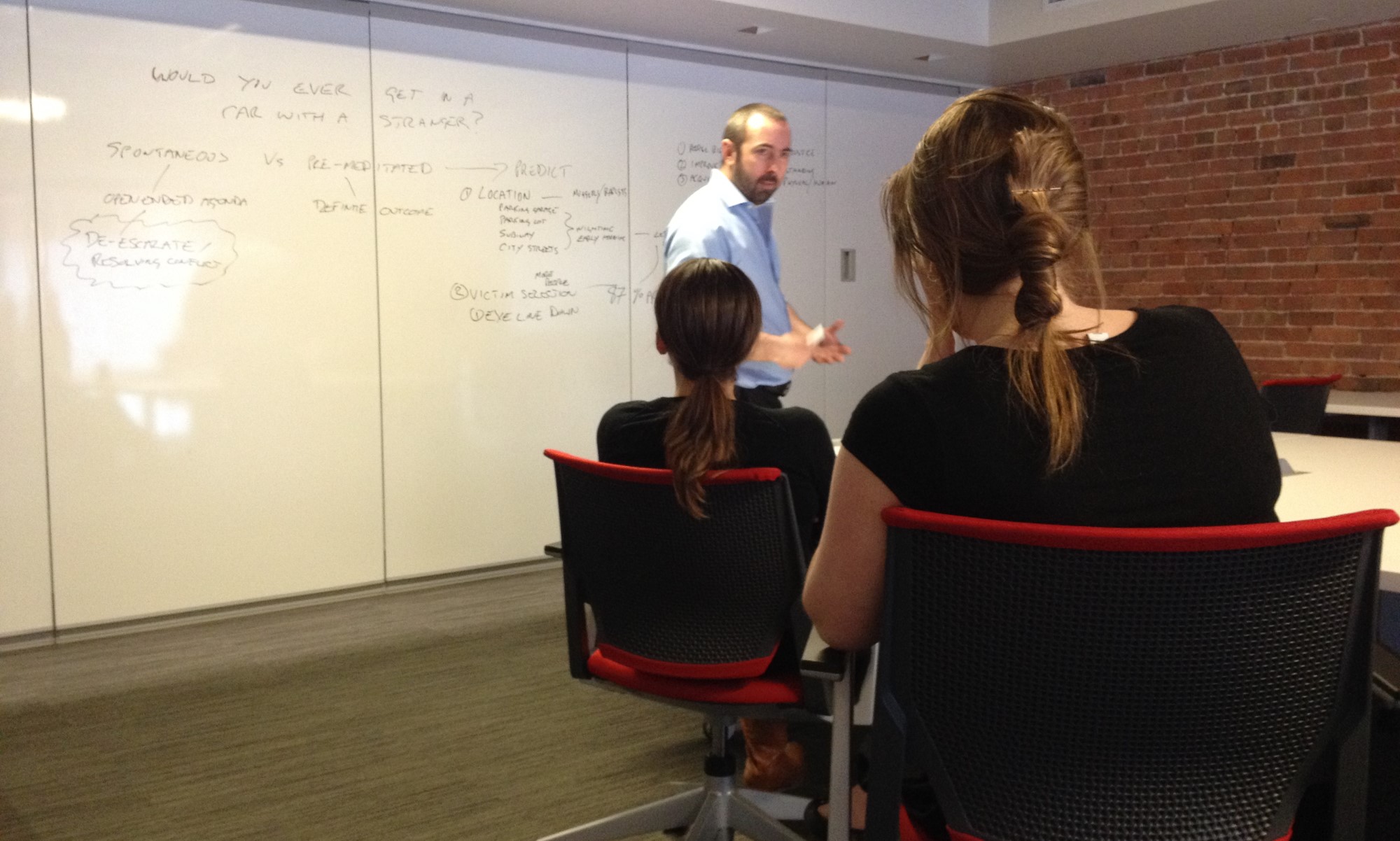
Security Consultancy & Training
For Organizations & Companies in Boston, Massachusetts & New England -
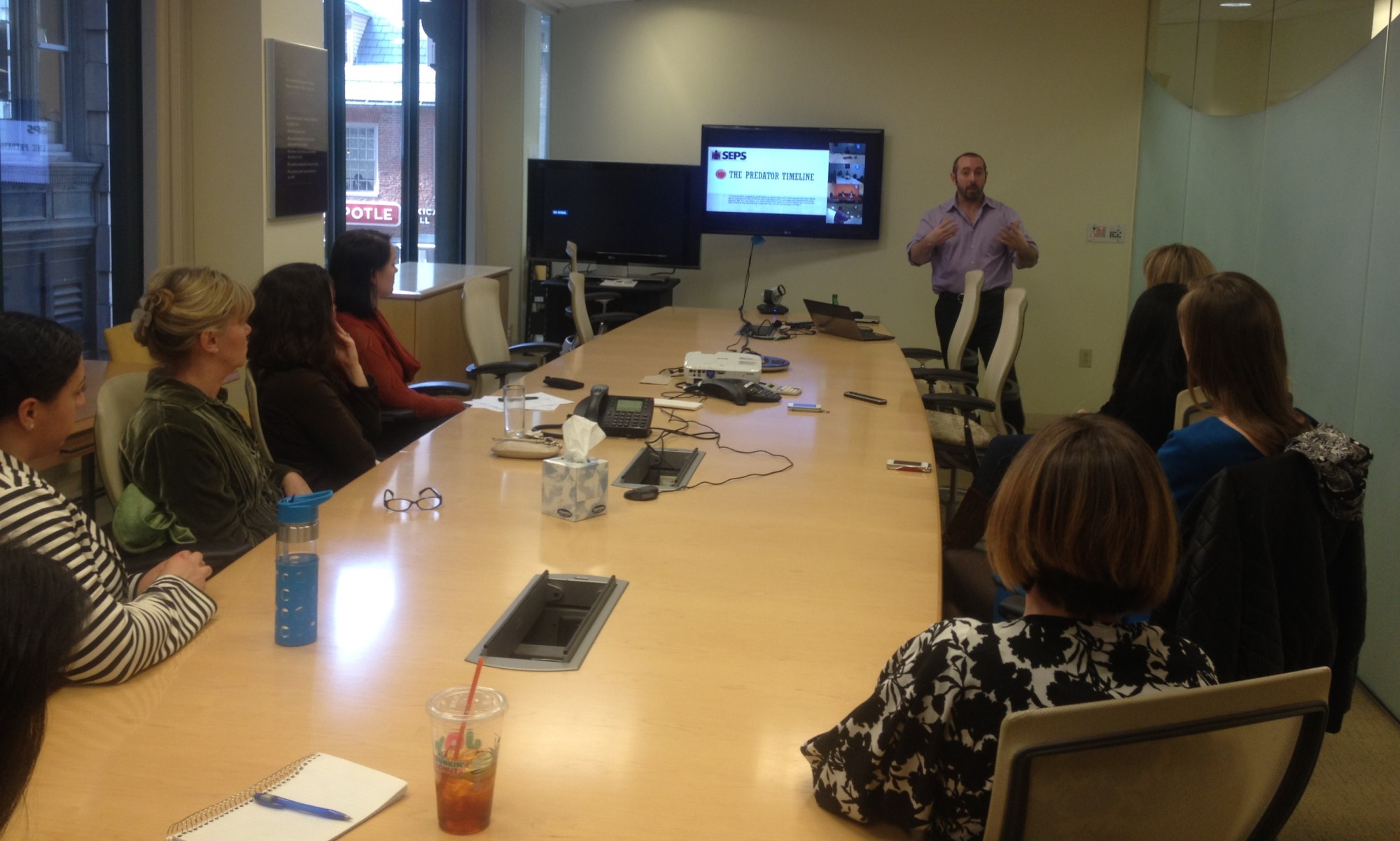 Personal Security & Safety TrainingDelivered In-Person & Virtually
Personal Security & Safety TrainingDelivered In-Person & Virtually -
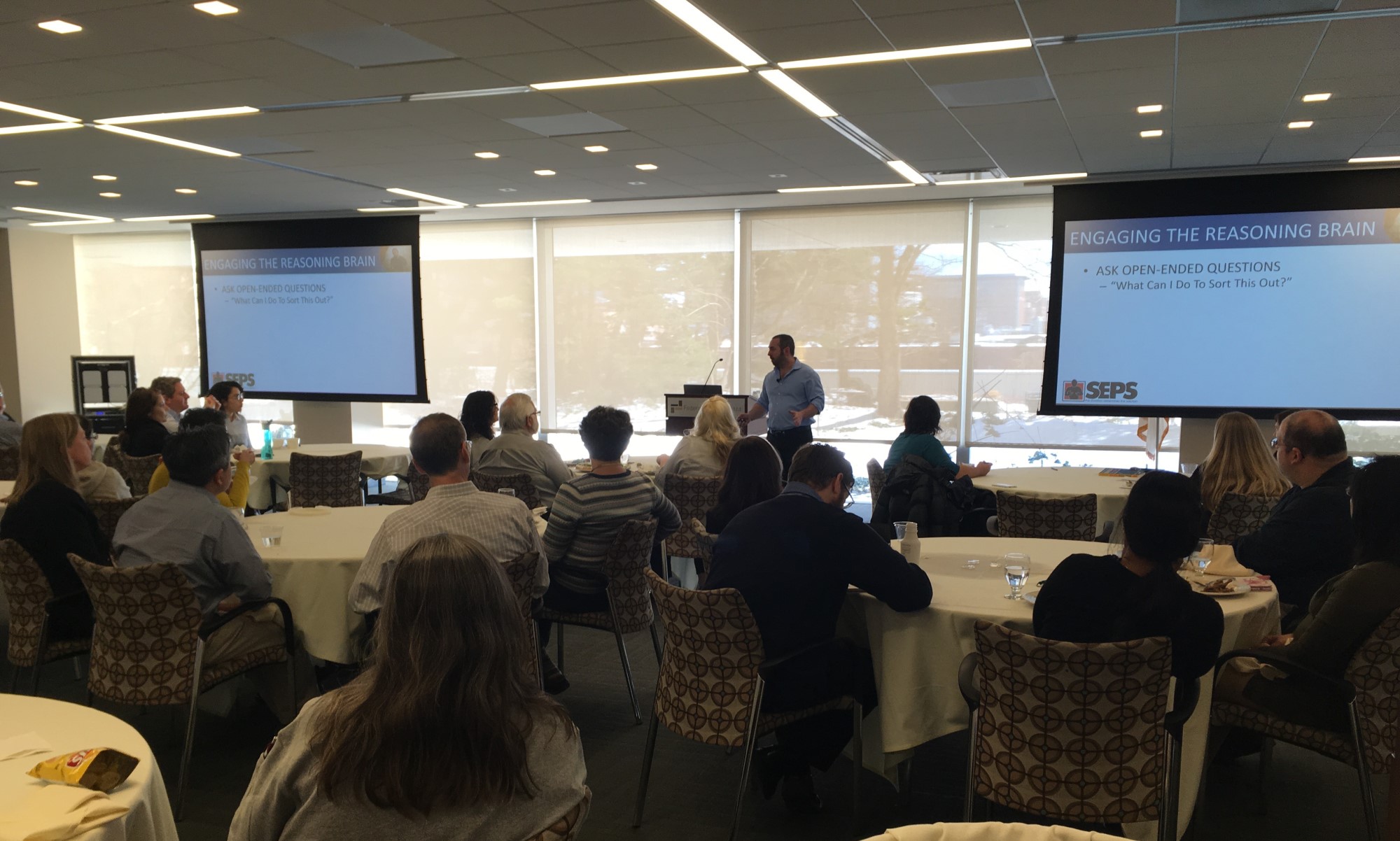 Learn How ToPredict, Identify & Avoid Violence
Learn How ToPredict, Identify & Avoid Violence
Corporate Security Services: Training & Consultancy in Boston
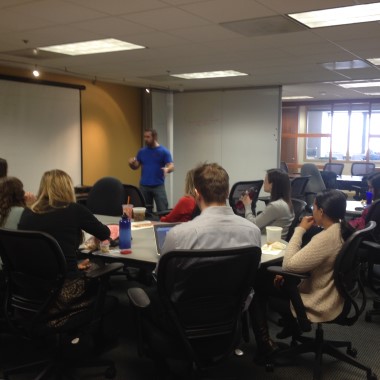 Krav Maga Yashir Boston’s Head Instructor, Gershon Ben Keren, is a criminologist who has been working in the security sector since 1990. In this time, he
has provided a wide array of training and consultancy services, concerning security and employee safety, to companies and organizations across Europe and the
US. This has included areas such as travel security, de-escalation and conflict resolution (both within an organization as well as with customers and external
agents), active shooter solutions and general safety and self-defense etc. He has also helped companies and organizations design hiring and firing policies and
procedures that take into account the safety and security of those involved, and mitigate/eliminate any potential threats and risk etc., that may occur as part
of the process e.g., when hiring future employees competency in a particular role is often the key factor that is stressed with the risk of bringing in a
disruptive and dangerous employee into the company/organization not being considered/taken into account etc. If you are interested in bringing any of our
security services into your organization, whether training or consultancy, please use the button below, to contact us regarding your needs.
Krav Maga Yashir Boston’s Head Instructor, Gershon Ben Keren, is a criminologist who has been working in the security sector since 1990. In this time, he
has provided a wide array of training and consultancy services, concerning security and employee safety, to companies and organizations across Europe and the
US. This has included areas such as travel security, de-escalation and conflict resolution (both within an organization as well as with customers and external
agents), active shooter solutions and general safety and self-defense etc. He has also helped companies and organizations design hiring and firing policies and
procedures that take into account the safety and security of those involved, and mitigate/eliminate any potential threats and risk etc., that may occur as part
of the process e.g., when hiring future employees competency in a particular role is often the key factor that is stressed with the risk of bringing in a
disruptive and dangerous employee into the company/organization not being considered/taken into account etc. If you are interested in bringing any of our
security services into your organization, whether training or consultancy, please use the button below, to contact us regarding your needs.
Contact Us
Self-Protection Consultancy & Training in Boston
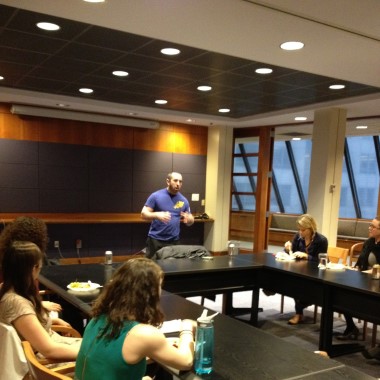 Often when managers think about the physical safety of their staff/employees, they think about physical self-defense; having them learn self-defense techniques
that they can use to defend themselves. Whilst such training can be useful and has its place, it is often more beneficial and effective to educate them in how to
predict, identify and avoid violence in the first place. Sometimes this can be done by recognizing how aggressive and potentially violent situations develop and
addressing the entry-way behaviors that are involved early on, so that incidents don’t escalate. Other times knowing how to de-escalate emotionally volatile
situations in a way that allows for future interactions to be more productive is the solution that is needed etc. By understanding and identifying the components
of aggression and violence early on in an incident many situations can be managed and controlled so that physical violence is avoided. Something which is safer and
more productive both for the individuals involved and the organization as a whole.
Often when managers think about the physical safety of their staff/employees, they think about physical self-defense; having them learn self-defense techniques
that they can use to defend themselves. Whilst such training can be useful and has its place, it is often more beneficial and effective to educate them in how to
predict, identify and avoid violence in the first place. Sometimes this can be done by recognizing how aggressive and potentially violent situations develop and
addressing the entry-way behaviors that are involved early on, so that incidents don’t escalate. Other times knowing how to de-escalate emotionally volatile
situations in a way that allows for future interactions to be more productive is the solution that is needed etc. By understanding and identifying the components
of aggression and violence early on in an incident many situations can be managed and controlled so that physical violence is avoided. Something which is safer and
more productive both for the individuals involved and the organization as a whole.
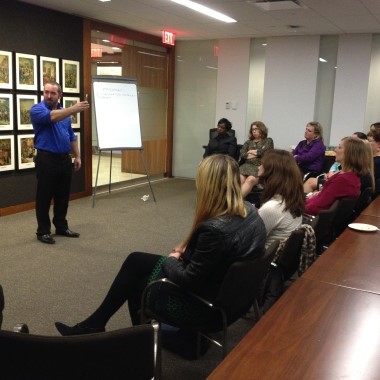 Whilst most acts of aggression and violence in the workplace, and in general, are the result of bad social interactions e.g., an individual did not “plan” to become
aggressive and violence but something in the environment and/or somebody else’s actions and behaviors have left them angry and frustrated, feeling that violence is
both justified and the only action available to them etc., there are those who engage in premeditated acts of violence, where they have come to a situation with the
goal of acting violently e.g., in 2015, Stephen Pasceri, walked into Brigham and Women’s Hospital in Boston and shot/murdered his mother’s former doctor/surgeon, Michael
Davidson, blaming him for his mother’s death. This was a planned and premeditated act of violence, which followed a process. Such acts of violence usually follow certain
predictable processes and follow a path of phases and stages. If these can be identified, then it is often possible to predict and identify violent acts and incidents
before they occur.
Whilst most acts of aggression and violence in the workplace, and in general, are the result of bad social interactions e.g., an individual did not “plan” to become
aggressive and violence but something in the environment and/or somebody else’s actions and behaviors have left them angry and frustrated, feeling that violence is
both justified and the only action available to them etc., there are those who engage in premeditated acts of violence, where they have come to a situation with the
goal of acting violently e.g., in 2015, Stephen Pasceri, walked into Brigham and Women’s Hospital in Boston and shot/murdered his mother’s former doctor/surgeon, Michael
Davidson, blaming him for his mother’s death. This was a planned and premeditated act of violence, which followed a process. Such acts of violence usually follow certain
predictable processes and follow a path of phases and stages. If these can be identified, then it is often possible to predict and identify violent acts and incidents
before they occur.
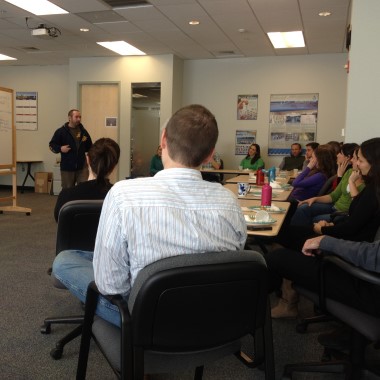 By understanding how risk occurs – the interaction between assets, threats and vulnerabilities – we have the potential to mitigate and manage it. By recognizing how threats
exploit vulnerabilities and the processes they use to do this, then it is possible to predict and identify acts of violence before they occur. Such training is often more
productive and easier to use/deploy than physical self-defense training, though this also has its place, and is often necessary in order for physical self-defense techniques
to work e.g., by recognizing how an aggressive situation may be developing it is possible to put in place steps such as controlling range and distance, bringing the hands up
in a non-confrontational manner etc., which will help increase the chances of any physical self-defense techniques that have been taught, being successful.
By understanding how risk occurs – the interaction between assets, threats and vulnerabilities – we have the potential to mitigate and manage it. By recognizing how threats
exploit vulnerabilities and the processes they use to do this, then it is possible to predict and identify acts of violence before they occur. Such training is often more
productive and easier to use/deploy than physical self-defense training, though this also has its place, and is often necessary in order for physical self-defense techniques
to work e.g., by recognizing how an aggressive situation may be developing it is possible to put in place steps such as controlling range and distance, bringing the hands up
in a non-confrontational manner etc., which will help increase the chances of any physical self-defense techniques that have been taught, being successful.
If you are interested in learning more about the training and consultancy services we offer in Boston and the New England area (either in-person or virtually), please use the form below to contact us regarding your needs/requirements.
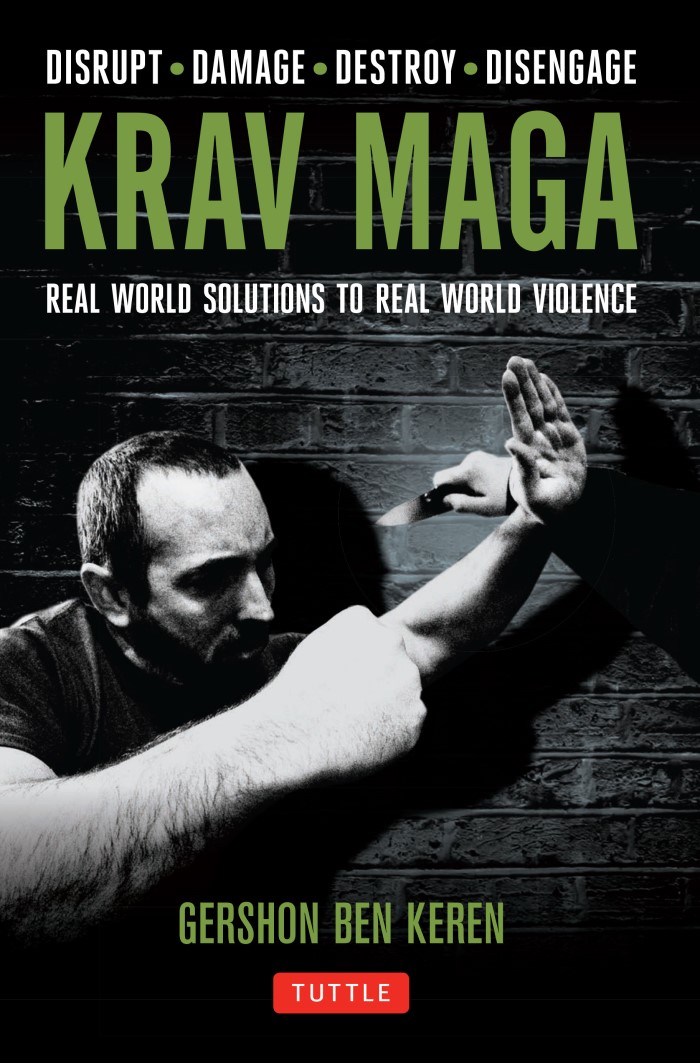
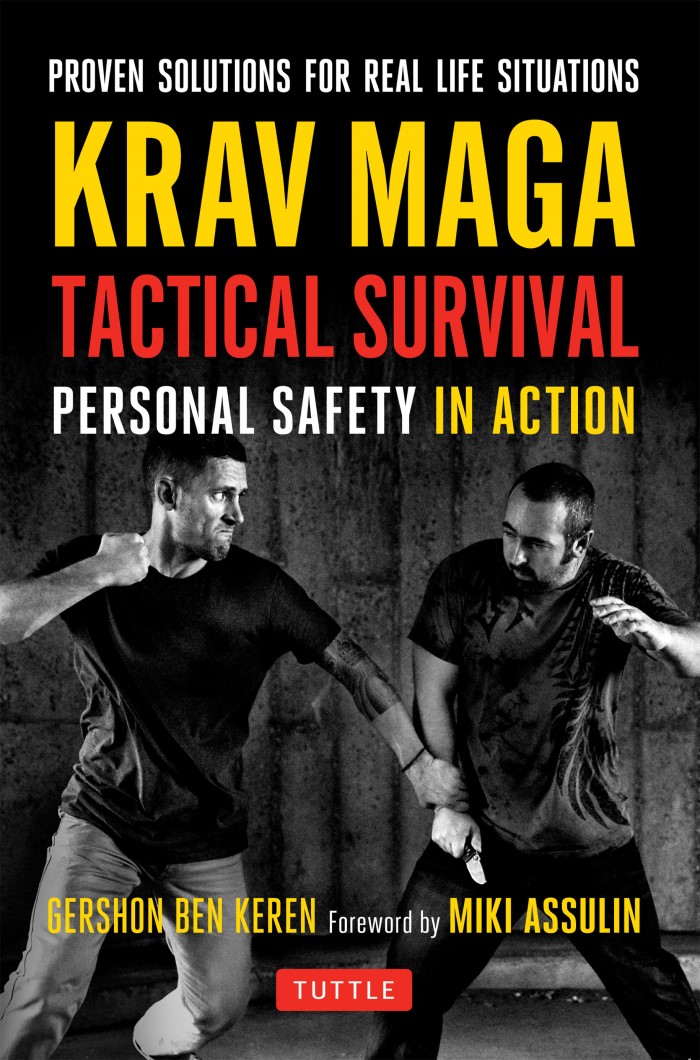
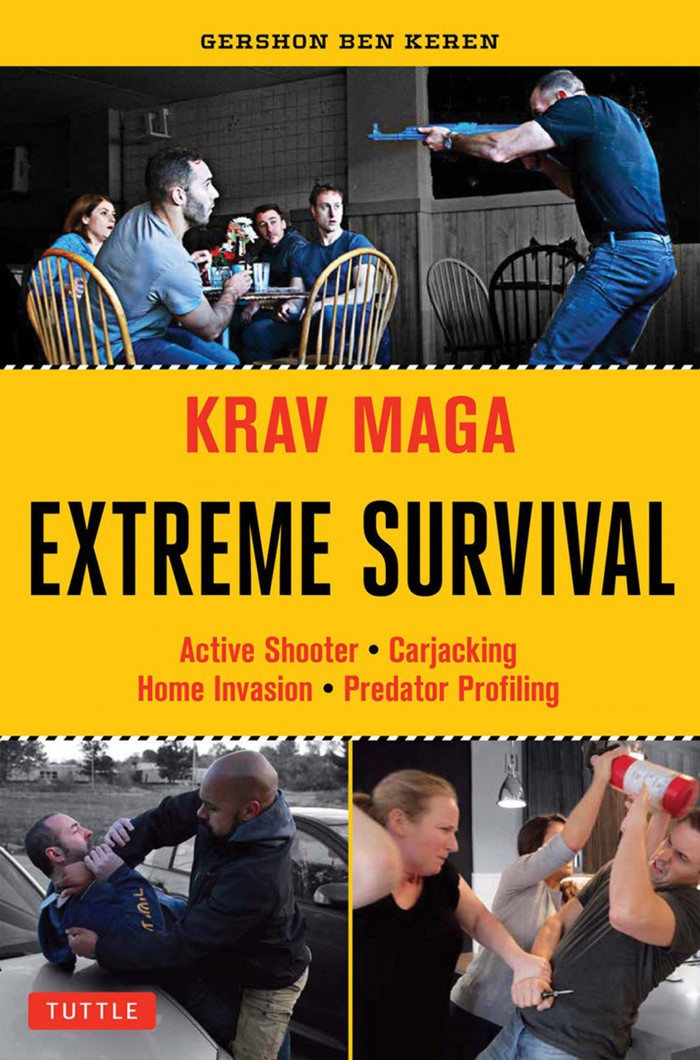 >
>